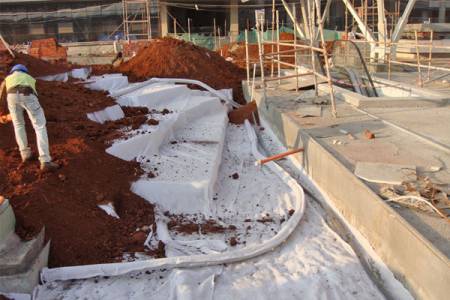
Landfilling, while a traditional method of waste disposal, remains a crucial component of many integrated waste management strategies. This description details the process, its benefits and drawbacks, and considerations for responsible implementation.
Landfilling involves the controlled disposal of solid waste in designated areas. It's a multifaceted process encompassing several key steps:
Responsible landfilling requires adhering to stringent environmental regulations and best practices, including:
Landfilling is a complex issue with both advantages and disadvantages. Responsible implementation, coupled with a commitment to integrated waste management, is crucial to minimizing its environmental impact and ensuring its sustainable role in waste disposal.